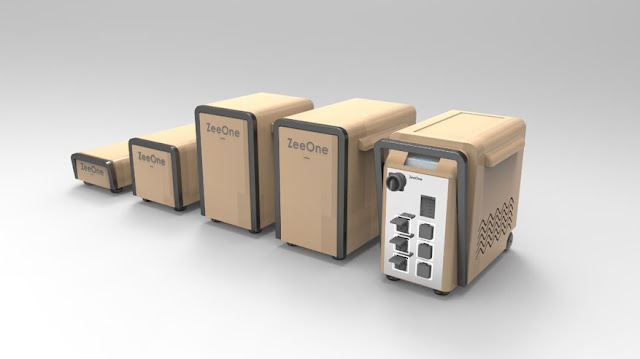It won't come as a surprise to you that the lithium used in most batteries largely comes from "inconvenient" places: Australia, Chile, China, Argentina, and Zimbabwe are among the leading producers. The U.S. ranks fifth in the world for zinc production, though, which makes the concept of a zinc-air battery exceptionally attractive to companies based here. The chemistry was first commercialized in 1932, but low current capacity and difficulty recharging has restricted their use to things like hearing aids. Taiwan-based startup Thunderzee Industries reckons it may have solved enough of these problems to bring the zinc-air battery to larger appliances—and even cars, news which made something of a splash at CES 2021.
Benefits Of Zinc-Air Batteries
Energy density and specific energy (per weight) tend to be great because atmospheric air is one of the reactants, and it's, well, "light." (Each amp-hour of capacity consumes about a liter of air.) They also have a long shelf life if you simply seal away the air. And voltage remains quite constant throughout the discharge cycle, because the cathode properties don't change. They're stable, they're nonflammable, the materials are inexpensive, and they're environmentally friendly.
Read Full Story At motortrend.com >>






0 Comments